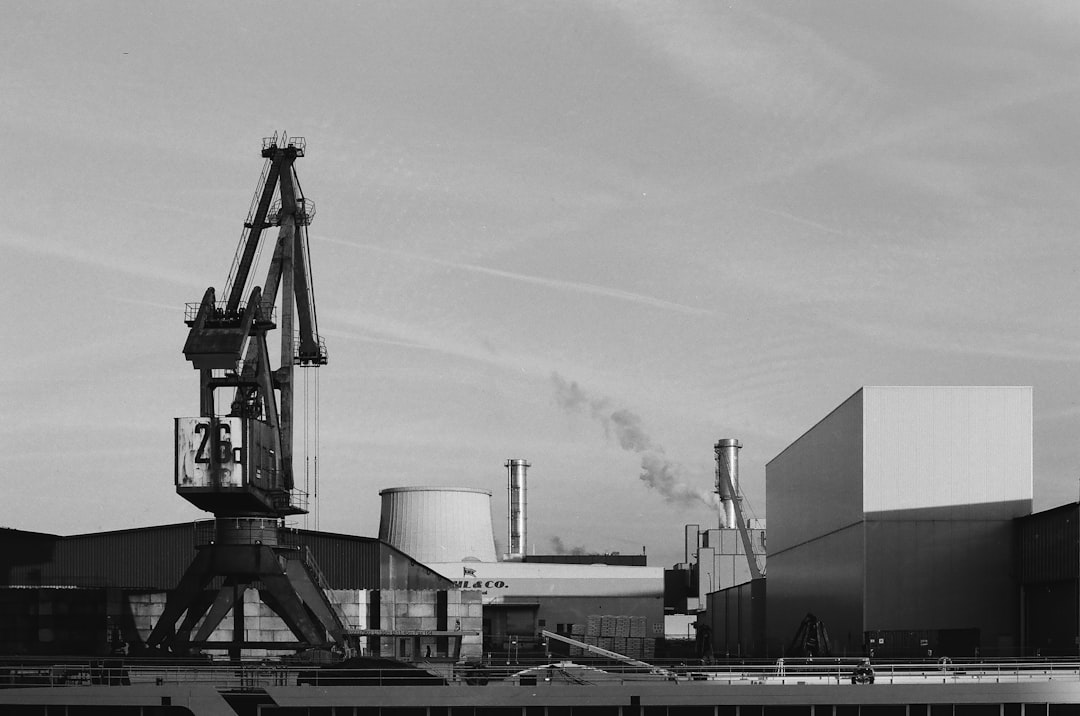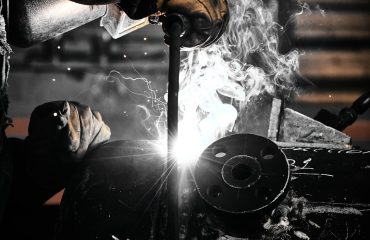The steel industry is a cornerstone of global infrastructure, but its traditional practices have a significant environmental footprint. The urgent need to mitigate climate change and resource depletion demands a radical shift towards sustainable steel supply chains. This means rethinking every stage of the process, from raw material extraction to product end-of-life, integrating environmental and social responsibility into every decision.
1. Minimizing Carbon Emissions in Steel Production
Steel production is notoriously carbon-intensive, primarily due to the energy-intensive blast furnace process. A significant portion of global CO2 emissions stems from this process, relying heavily on coking coal. To mitigate this, several strategies are being implemented:
- Hydrogen-based steelmaking: Replacing coking coal with hydrogen as a reducing agent significantly reduces carbon emissions. While still in its developmental stages, hydrogen steelmaking holds immense promise for decarbonizing the industry. Research and investment in this area are crucial for its widespread adoption.
- Electric Arc Furnaces (EAFs): EAFs utilize scrap steel as their primary raw material, significantly reducing the need for iron ore and coking coal. This process is considerably more energy-efficient and generates fewer emissions than blast furnaces. Increasing the use of EAFs is a key strategy for immediate emission reductions.
- Carbon Capture, Utilization, and Storage (CCUS): CCUS technologies capture CO2 emissions from steel plants and either utilize them in other industrial processes or store them underground. While still relatively expensive, CCUS offers a viable pathway to reduce emissions from existing blast furnaces in the short to medium term.
- Energy efficiency improvements: Optimizing energy consumption throughout the steelmaking process, through technological advancements and process improvements, can significantly reduce the overall carbon footprint.
2. Responsible Sourcing of Raw Materials
The environmental and social impacts of raw material extraction must be considered throughout the supply chain. Sustainable steel production requires responsible sourcing of iron ore, coal, and other raw materials. This involves:
- Minimizing deforestation and habitat loss: Ensuring that iron ore mining operations do not contribute to deforestation or habitat destruction is critical. This requires careful site selection, responsible land management, and adherence to strict environmental regulations.
- Reducing water consumption: Steel production is water-intensive. Implementing water-efficient technologies and practices is crucial to minimize the environmental impact of water usage.
- Sustainable mining practices: Adopting responsible mining practices, including minimizing waste generation, reclamation of mined areas, and biodiversity protection, is essential for environmental sustainability.
- Traceability and transparency: Establishing transparent and traceable supply chains enables better monitoring of environmental and social performance throughout the raw material sourcing process.
3. Embracing the Circular Economy in Steel
The circular economy model focuses on minimizing waste and maximizing resource utilization. In the context of steel, this involves:
- Increased scrap metal recycling: Recycling steel scrap is significantly less energy-intensive than producing steel from raw materials. Promoting and incentivizing steel scrap recycling is crucial for reducing the industry’s environmental impact.
- Product design for recyclability: Designing steel products with recyclability in mind simplifies the recycling process and improves the quality of recycled steel.
- Developing closed-loop systems: Creating closed-loop systems where steel products are designed for easy disassembly and recycling, minimizing waste and maximizing resource recovery.
- Extended Producer Responsibility (EPR): Implementing EPR schemes holds producers accountable for the end-of-life management of their steel products, incentivizing sustainable design and recycling.
4. Enhancing Supply Chain Transparency and Traceability
Building trust and ensuring accountability requires enhanced transparency and traceability throughout the steel supply chain. This involves:
- Blockchain technology: Utilizing blockchain technology to track the origin and movement of steel materials, ensuring transparency and preventing the use of conflict minerals or materials sourced from unsustainable practices.
- Data-driven monitoring: Implementing robust data collection and analysis systems to monitor environmental and social performance throughout the supply chain.
- Third-party certifications: Seeking independent certifications, such as those related to sustainable sourcing and responsible manufacturing, to verify the sustainability claims of steel producers and suppliers.
- Collaboration and information sharing: Fostering collaboration and information sharing among stakeholders throughout the supply chain to improve transparency and accountability.
5. Investing in Research and Development
Continuous innovation is crucial for achieving truly sustainable steel supply chains. This requires significant investment in research and development focused on:
- Developing more efficient and sustainable steelmaking processes: Research into new technologies and processes that minimize energy consumption and reduce emissions.
- Improving steel recycling technologies: Developing technologies that enhance the efficiency and effectiveness of steel recycling.
- Exploring alternative raw materials: Investigating the potential of alternative raw materials that are less environmentally damaging than traditional sources.
- Developing sustainable coatings and surface treatments: Researching sustainable alternatives to traditional coatings and surface treatments that can improve the durability and lifespan of steel products.
Creating truly sustainable steel supply chains requires a collaborative effort involving steel producers, suppliers, consumers, and policymakers. By adopting the strategies outlined above, the steel industry can significantly reduce its environmental impact and contribute to a more sustainable future.
Tags: Sustainable Steel, Green Steel, Circular Economy Steel, Steel Supply Chain Sustainability, Responsible Steel Sourcing




